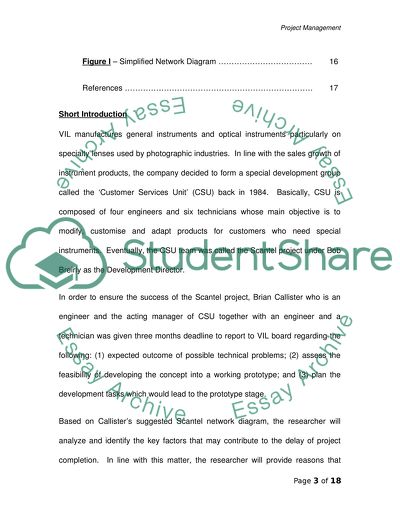Cite this document
(“Project Management Essay Example | Topics and Well Written Essays - 2500 words - 7”, n.d.)
Project Management Essay Example | Topics and Well Written Essays - 2500 words - 7. Retrieved from https://studentshare.org/miscellaneous/1544081-project-management
Project Management Essay Example | Topics and Well Written Essays - 2500 words - 7. Retrieved from https://studentshare.org/miscellaneous/1544081-project-management
(Project Management Essay Example | Topics and Well Written Essays - 2500 Words - 7)
Project Management Essay Example | Topics and Well Written Essays - 2500 Words - 7. https://studentshare.org/miscellaneous/1544081-project-management.
Project Management Essay Example | Topics and Well Written Essays - 2500 Words - 7. https://studentshare.org/miscellaneous/1544081-project-management.
“Project Management Essay Example | Topics and Well Written Essays - 2500 Words - 7”, n.d. https://studentshare.org/miscellaneous/1544081-project-management.


